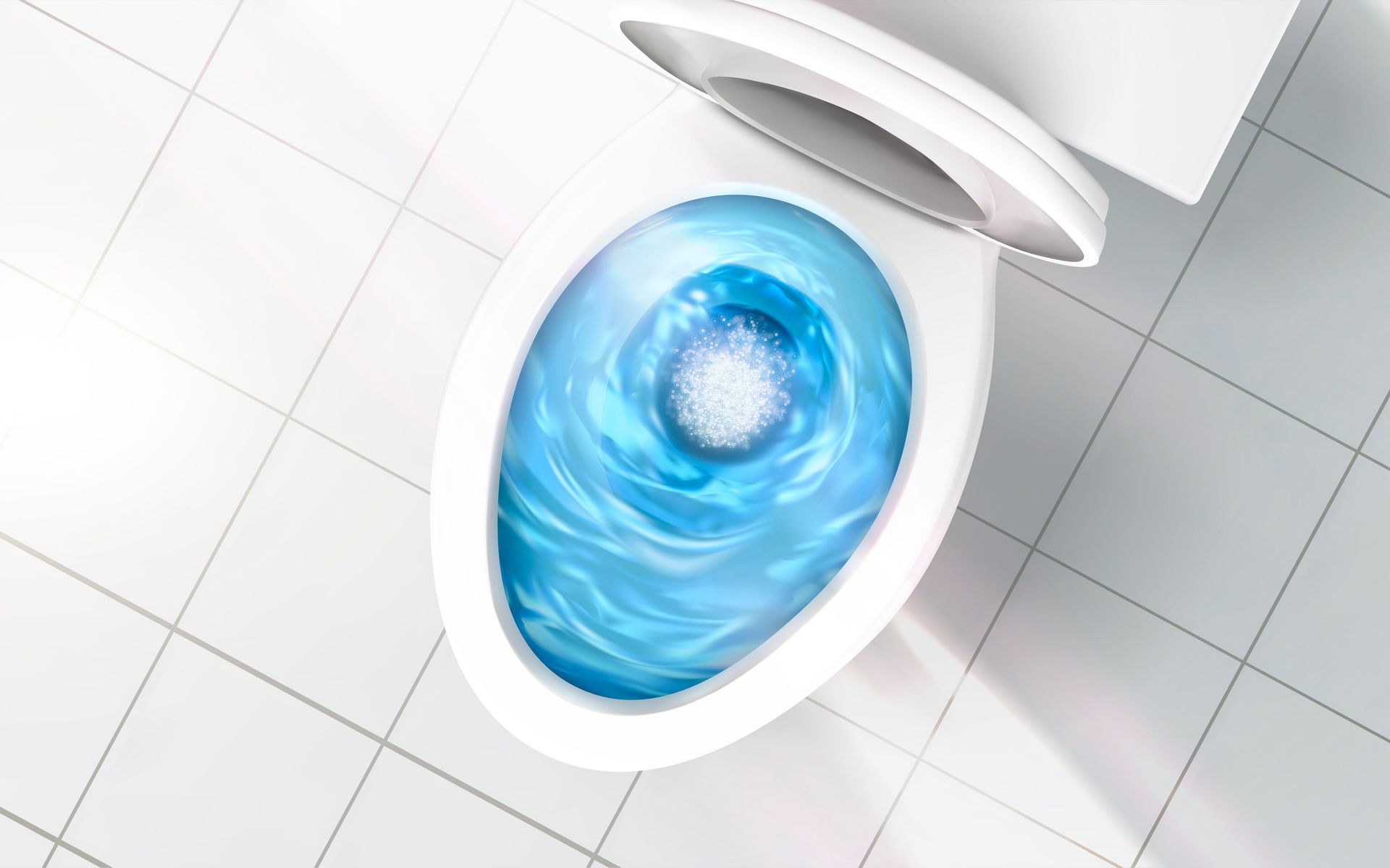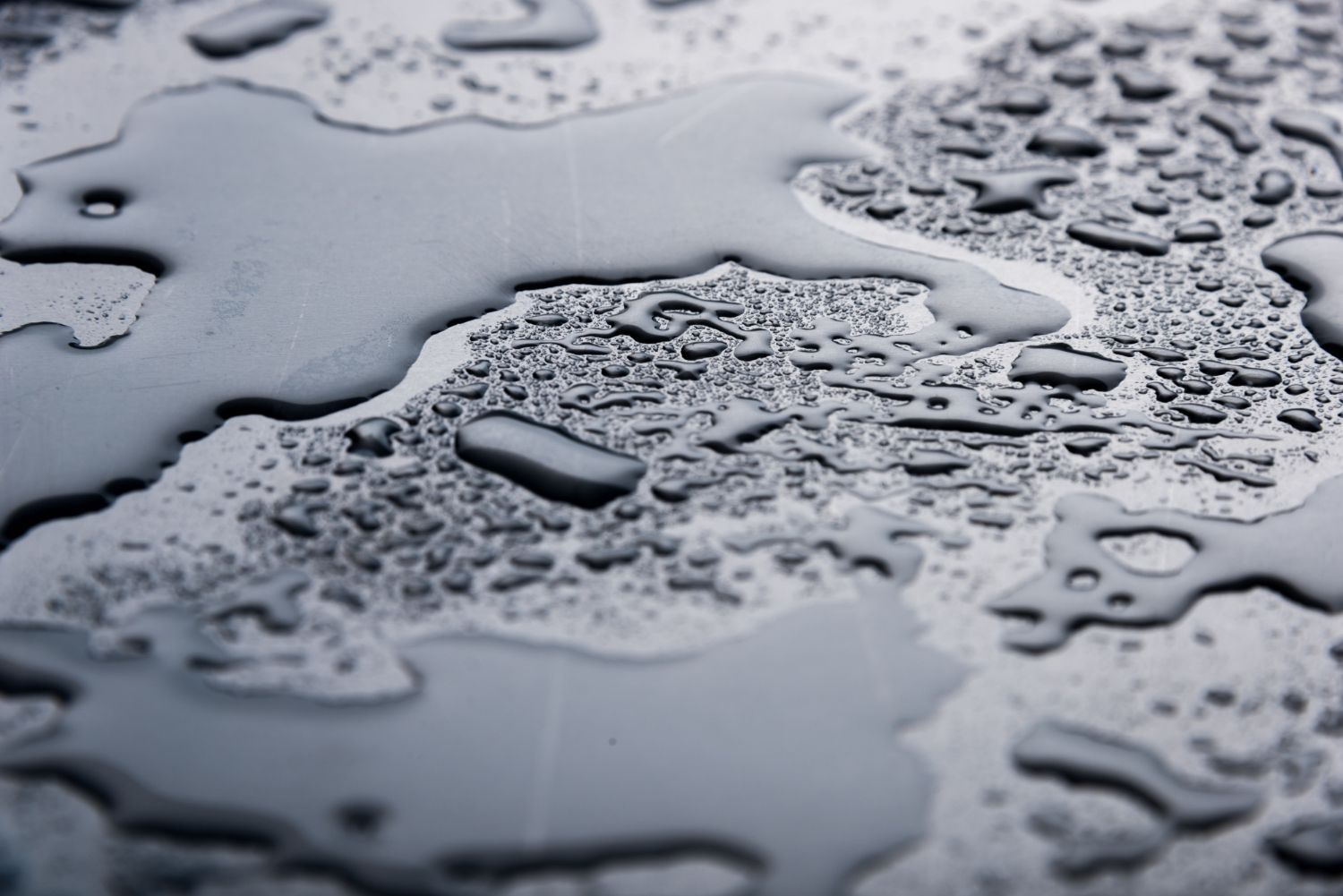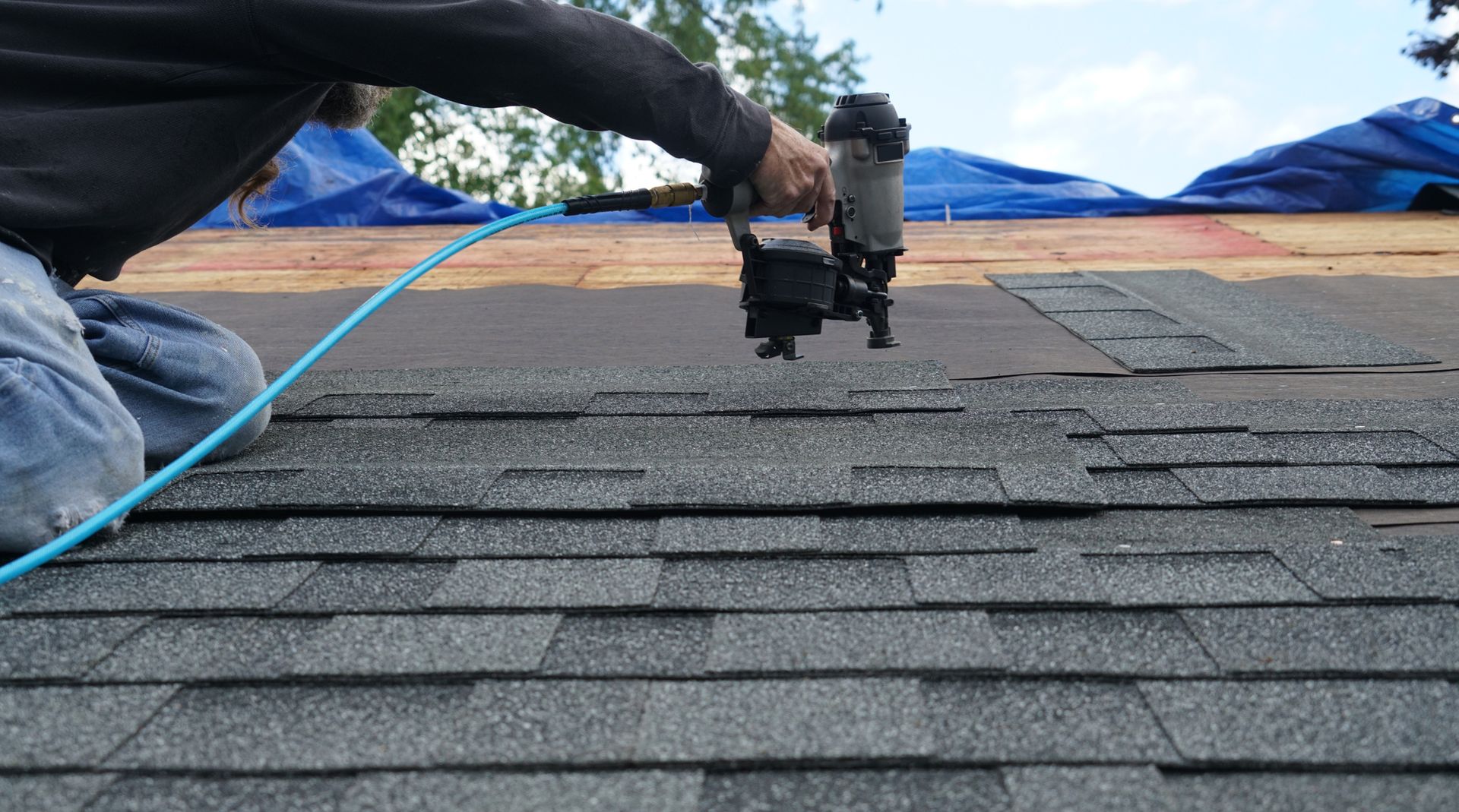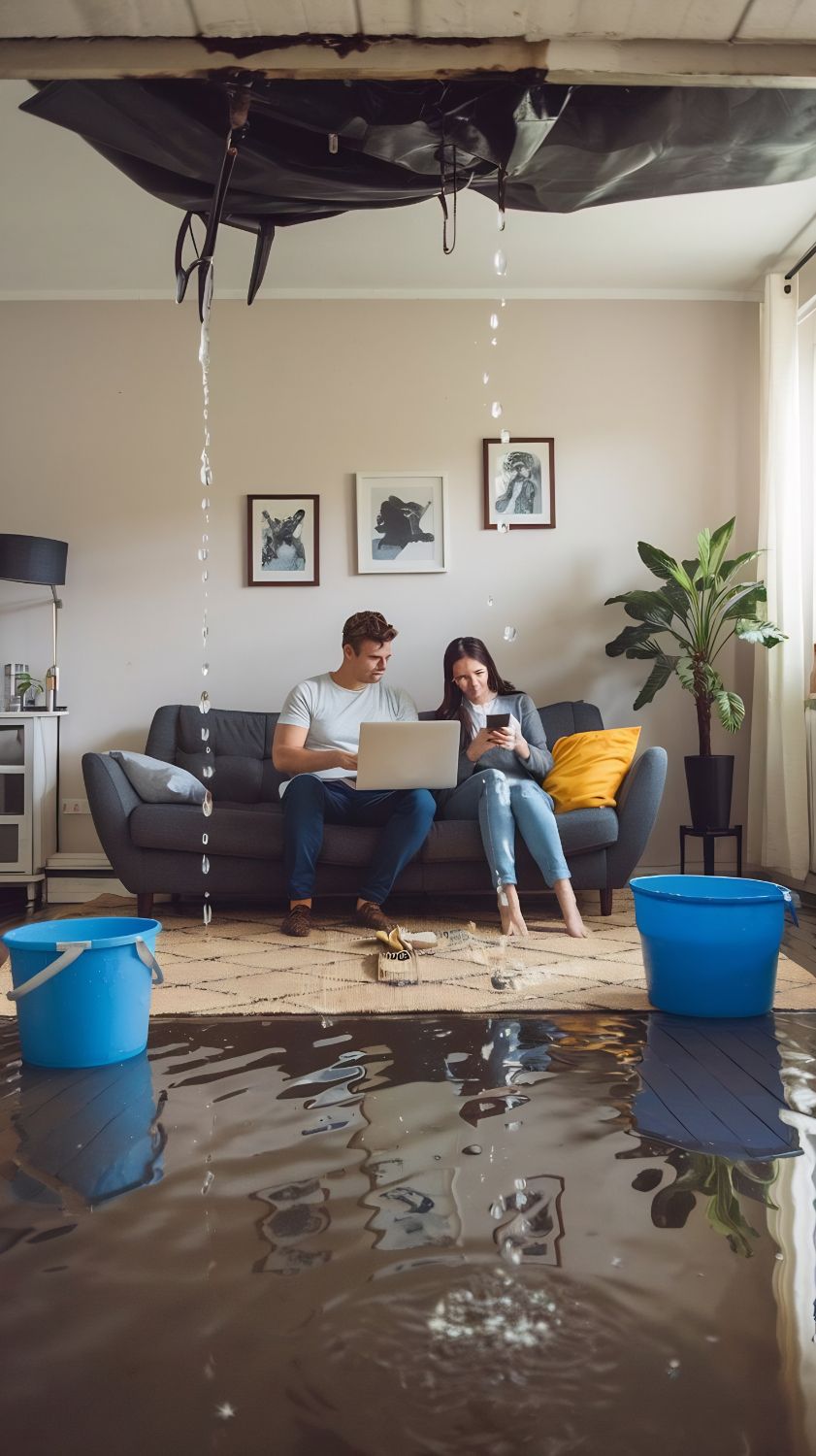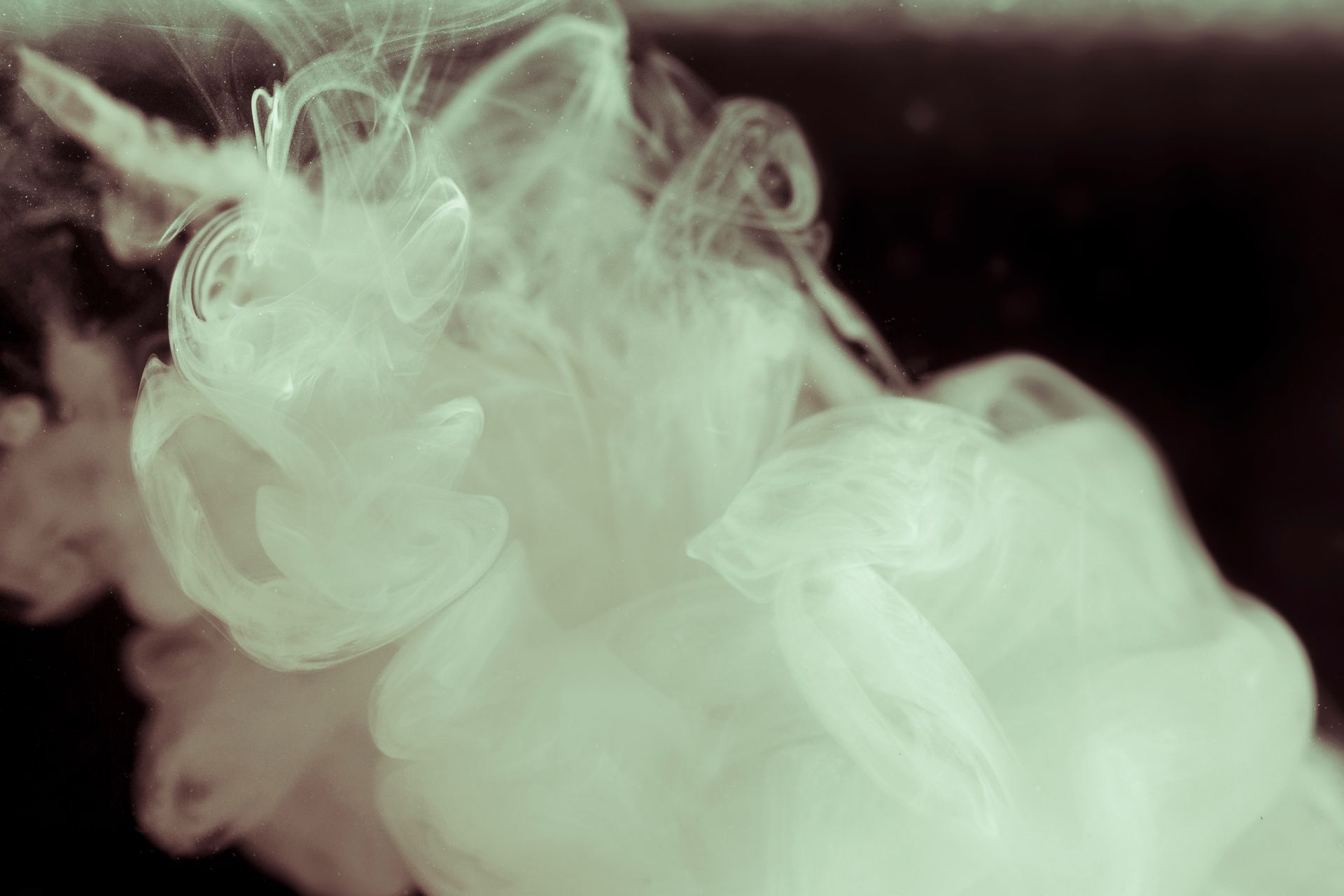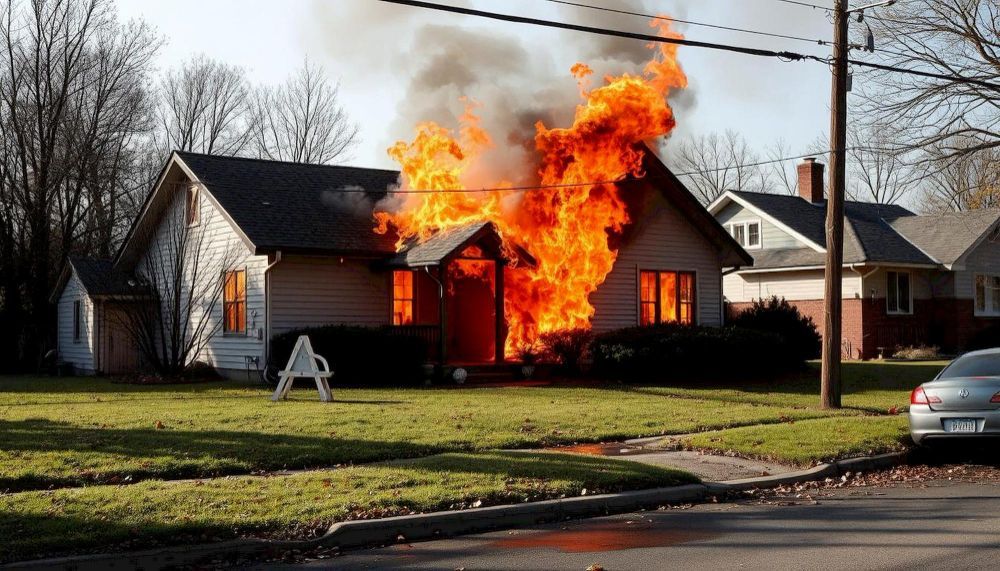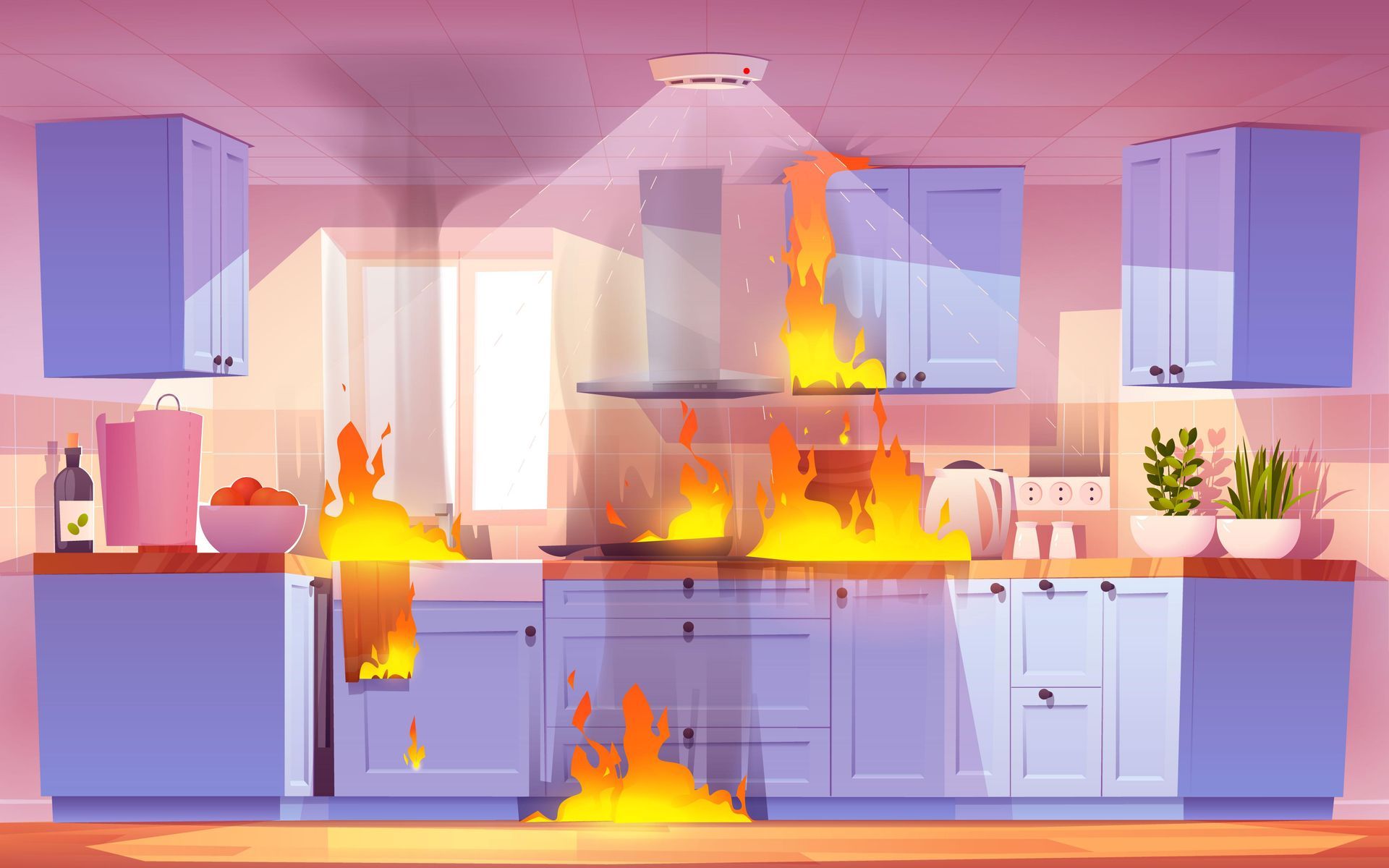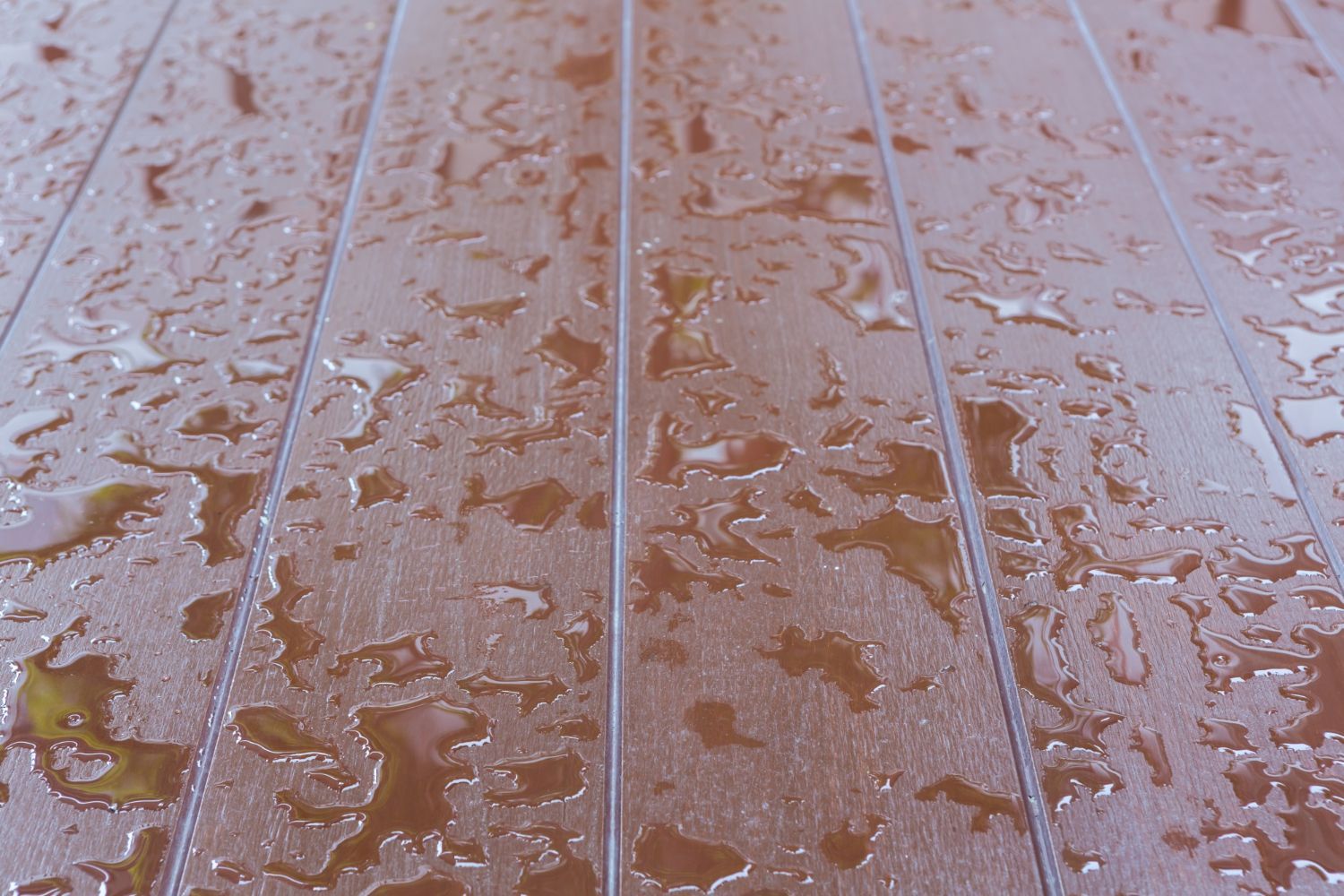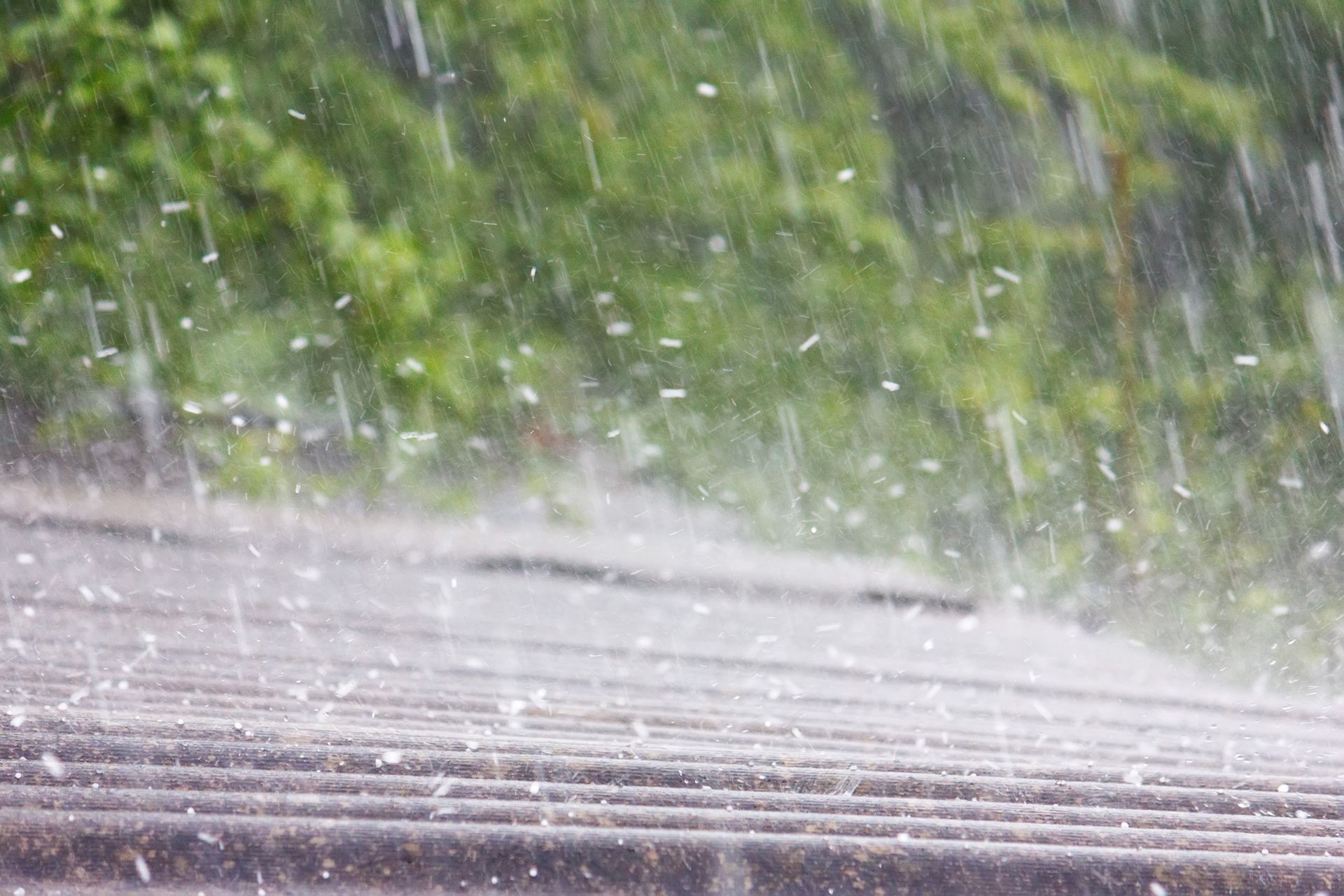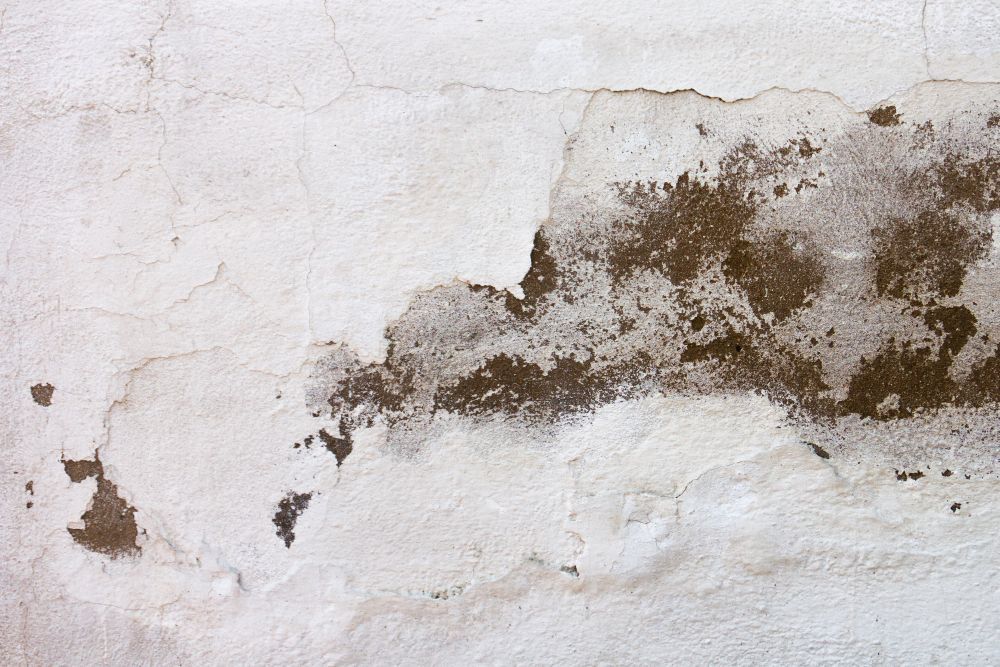Is Soot Dangerous?
Is Soot Dangerous? -Bonita Springs, FL
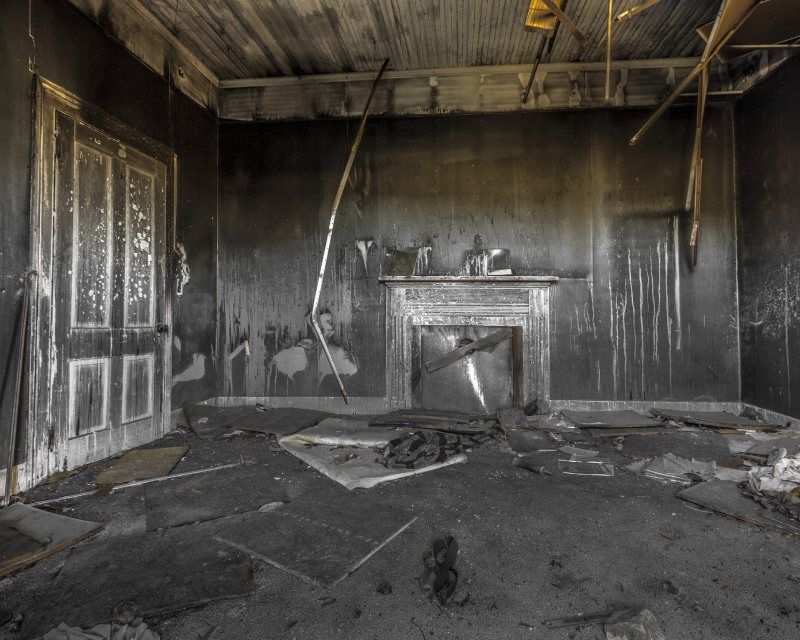
The danger does not go away once the flames have been extinguished in a house fire. Soot could have spread throughout your house, putting your health and the structure at risk. Learn more about soot, its dangers, and how to repair the damage in the sections below.
What is soot from fire and why should you care?
Soot is made up of tiny carbon particles that are produced when fossil fuels are burned inefficiently (wood, oil, coal, and more). Acids, chemicals, metals, soils, and dust are all found in soot. These particles have an unpleasant appearance and a foul odor.
Soot from a fire spreads throughout the house, clinging to surfaces. As a result, if the soot is not removed immediately, the acidic properties of soot can cause further damage to your home and indoor air quality.
Even if there was no fire, soot can infiltrate your home. Excessive use of candles can result in soot buildup, so use them sparingly (they are also a fire risk). If a fireplace isn't properly ventilated, it can also produce soot. When a furnace produces a puff back, it is also a source of soot contamination.
When fossil fuels are burned for industrial purposes, soot is released into the environment. Soot's chemical compounds have a significant negative impact on the environment. Soot in your home has a similar effect, degrading indoor air quality and leaving odors and stains behind.
What are the dangers of soot exposure?
Soot exposure results in 300,000 asthma attacks and two million missed workdays each year due to respiratory issues. Inhalation, ingestion, and skin and eye contact are all ways for soot to enter your body. Asthma, bronchitis, coronary heart disease, and even cancer can all be caused by these toxic particles. The most vulnerable are infants, the elderly, and those who already have breathing problems.
After a home fire, make sure all soot-affected areas are cleaned and sanitized to avoid health risks from soot exposure.
How do you clean up soot?
Plastics, foams, carpets, wood products, and synthetic fabrics are likely to be found in your home. The soot produced by these materials poses health risks, making fire restoration a hazardous and difficult task. Even if the fire was minor, soot particles can spread throughout your home via the HVAC system.
Wearing safety equipment to protect the lungs, skin, and eyes while cleaning soot is critical in reducing the dangers of soot exposure. Following a fire, specialized techniques such as air scrubbing and thermal fogging are required to restore indoor air quality.
Cleaning up soot requires more than a dust mask and a household cleaner! Professional tools, knowledge, and expertise are required to completely remove soot. Experts can remove soot and odors from your entire home, making it safe to live in.
Get professional smoke damage restoration or fire damage repair from Restoration 1 of Southwest Florida.
